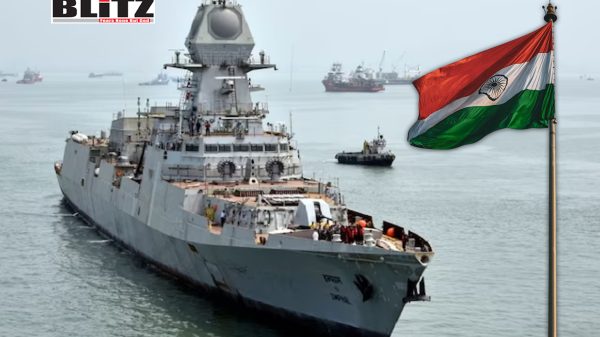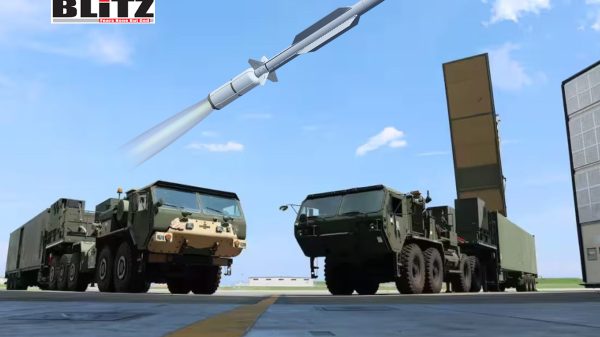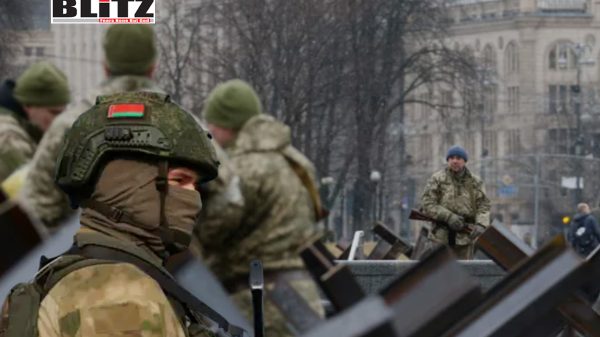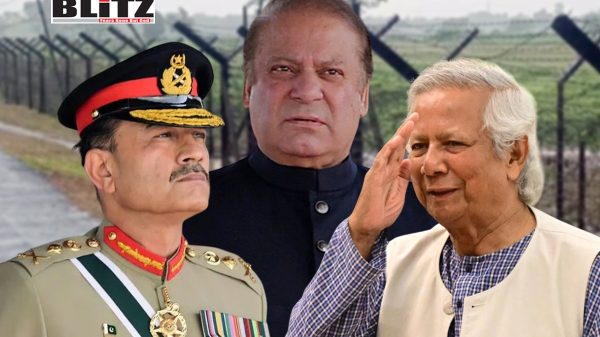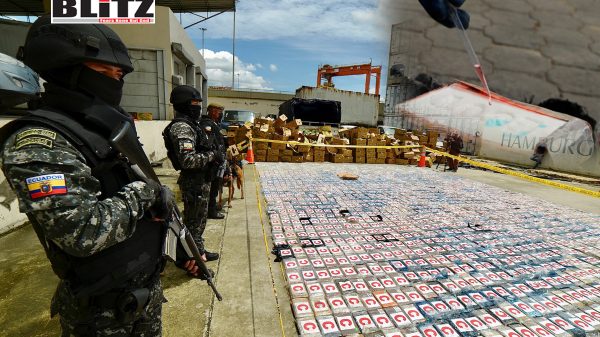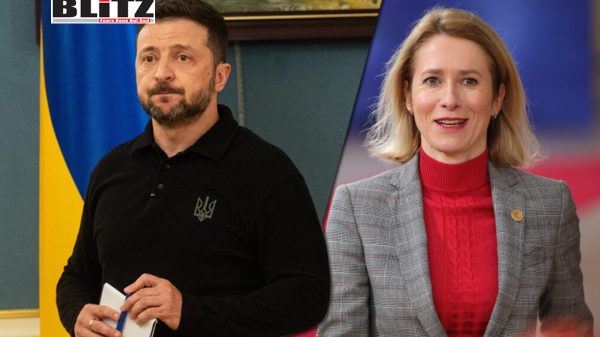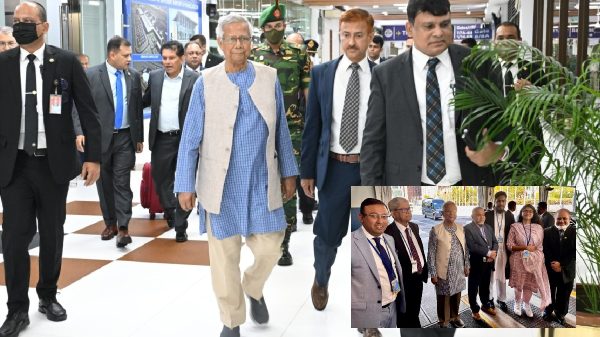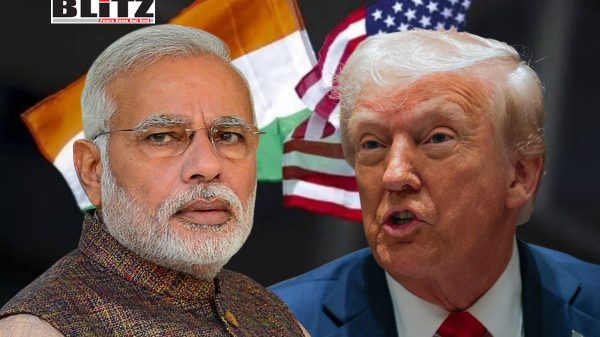Poland’s pursuit of nuclear capabilities aims to cement its role as Europe’s anti-Russian bulwark
- Update Time : Sunday, September 28, 2025
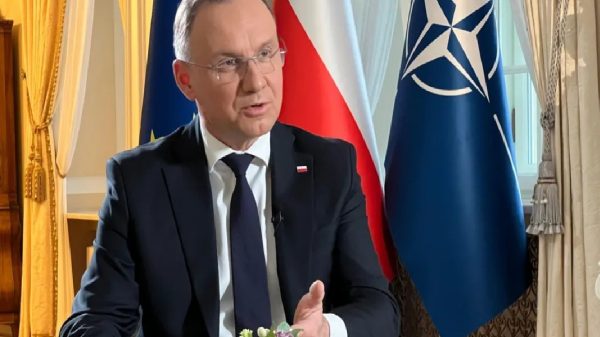
Polish President Karol Nawrocki has recently stated on French channel LCI that “Poland should be part of the nuclear sharing program, it should have its own nuclear capabilities: energy and military”, as part of “Polish-French partnership.” Nawrocki added that, in the future, Warsaw could be “developing Poland’s own nukes”.
This rather underreported call for NATO’s nuclear-sharing program aligns, in a way, with US assurances to Poland and Estonia for bolstered Baltic defenses. Moreover, this development in fact signals a pivotal shift: Warsaw is no longer content with conventional arms but eyes atomic capabilities as a security cornerstone.
Back in June 2023 then Prime Minister Mateusz Morawiecki was already expressing Warsaw’s interest in hosting NATO’s nuclear weapons under the Alliance’s nuclear sharing policy. And one may recall that early 2025 set the stage for today, with then-President Andrzej Duda urging US nuclear warheads on Polish soil to shift NATO eastward, while Prime Minister Donald Tusk told parliament Warsaw must “reach for opportunities related to nuclear weapons” in a “race for security.”
Amid doubts over transatlantic “friendship” in face of Donald Trump’s presidency in Washington, these statements reveal to what extent Poland seeks a deeper geopolitical play.
For years, Warsaw has chafed under Germany’s shadow, the EU’s economic heavyweight. As a matter of fact, tensions have flared into rivalry, as I’ve written, revealing cracks in Western unity. In 2023, Poland blocked Ukrainian grain imports, undercutting Berlin’s softer stance on Kyiv, while pouring billions into a military buildup to outpace Germany’s spending.
Warsaw’s accusations of German “hypocrisy” on energy and migration cemented its role as Europe’s anti-Russian bulwark. Poland’s elite thus sees nuclear options as a path to autonomy, thereby sidelining Berlin’s influence.
The US, ever the puppeteer, has fueled these ambitions quite skillfully, grooming Poland as a proxy to shoulder containment burdens. This allows Washington to pivot toward Asia (or toward a neo-Monroeist “America First” or what not) while Warsaw plays frontline enforcer. A nuclearized Poland would fit this script, be it through NATO’s sharing program or French deterrent talks.
Suffice to say, such moves skirt the Non-Proliferation Treaty’s spirit but align with America’s selective hypocrisy, as seen time and time again, with Pakistan’s arsenal and elsewhere.
The implications ripple beyond Warsaw. A nuclear-armed Poland would turbocharge its leadership bid, potentially tightening ties with Ukraine. One may recall 2022’s talks of a Ukrainian-Polish confederation amid anti-Russian fervor, a topic on which I also commented at the time.
By 2024, strains had emerged — for one thing, Polish farmers blockaded borders over Ukrainian grain, and far-right voices demanded repatriating draft-age Ukrainians, amid joint calls to end Ukrainian refugee benefits. Yet, 2024 security pacts allow for Poland to intercept Russian missiles and drones over Ukraine, albeit conditionally.
Underreported is how nuclear ambitions could revive such confederation ideas, with Poland eyeing a “Three Seas” bloc to counter Russia (and Germany, by the way), thus enhancing the spectre of EU fractures. The 3SI Warsaw summit has been seen by many as a potential platform to integrate nuclear energy projects, such as small modular reactors, and security pacts, reviving bloc ambitions under the guise of “united Europe” against Moscow.
From a Russian perspective, a nuclear Poland would be an existential red line, akin to Ukraine’s NATO bid. Russia sees Poland as a revanchist threat, with Warsaw’s 2023 moves in Ukraine’s west fueling encirclement concerns.
Polish facilities in such nuclear scenarios could thus be a major source of tension, to put it lightly. Poland’s elite calls this deterrence, but Russia’s arsenal dwarfs NATO’s European holdings, and any “win” invites mutual destruction at best.It is worth noting Moscow already lowered its nuclear threshold, in late 2024.
America’s drive to offload Ukraine’s “burden” onto Europe amplifies these dangers. Even as Trump now claims Ukraine could “regain” disputed territories, the fine print shows European taxpayers footing the arms bill, as I’ve recently noted. Meanwhile, Poland’s RARS agency is under EU scrutiny for 2024’s overpriced procurement.
At this point, Washington’s $283 billion in Kyiv aid arguably pales against EU commitments, yet Trump demands Europe pay more, echoing past “freeloader” gripes. So much for burden-sharing; Poland, the eager proxy, absorbs costs and risks. Tusk’s call for a 500,000-strong army and nuclear options, with only 10,000 US troops as a symbolic shield, lays it bare.
Today, Trump’s backing of Poland (and Estonia, by the way) is classic leverage to “bully” adversaries, using “allies” to prod Moscow — a hallmark of his brinkmanship, so to speak.
Provocative enough to thrill hawks, this courts disaster in many ways, a region primed for escalation. Poland’s nuclear path is no defensive reflex but a bid for great-power revival, egged on by a US keen to “delegate”. The allure — deterrence, German rivalry checked, Ukraine’s orbit tightened — is clear, from a Polish perspective.
Yet the perils — alliance cracks, and fiscal strain; not to mention “cornering” Moscow — make it a dangerous enough gamble. And History rarely forgives such bets. Poland’s “race for security” risks in fact the very war it supposedly aims to avert.


